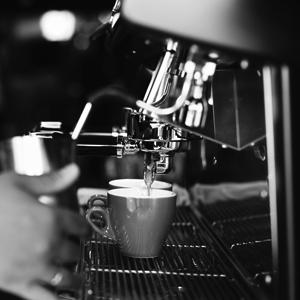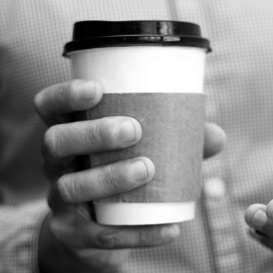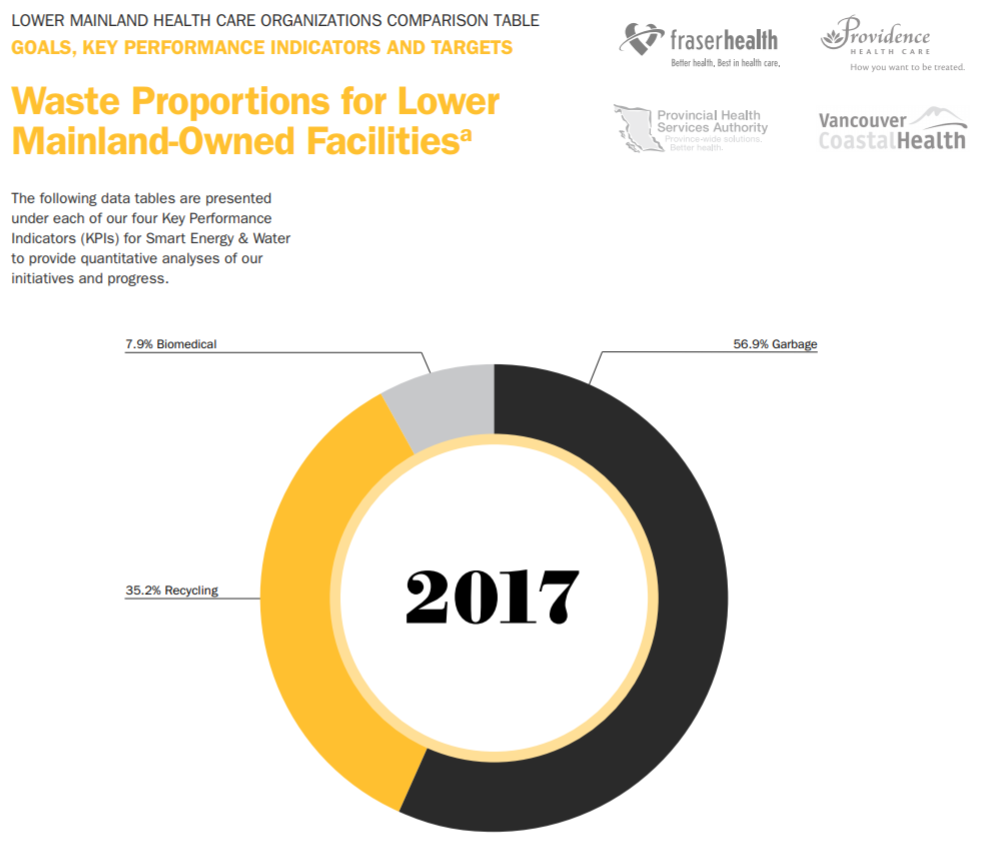Waste Management
Not all hospital waste gets incinerated! Proper segregation is critical because each type of waste has a different end disposal (e.g. autoclave, incineration, landfill, recycling). Careful segregation of waste into the appropriate container is part of the waste management strategy guided by Provincial Regulations and VCH Policy — as such, it’s everyone’s responsibility.
CASE STUDY
Rob works in scheduling. He just finished a cup of coffee that he bought from the coffee shop.
What types of waste segregation do you think Rob will face?



3 KEY THINGS
The most important information I need to know.
Principles of Waste Management
Hazardous Waste Table
Non-Hazardous Waste Table
WHAT CAN I DO?
Tips to help me take care and stay safe.
Segregate according to waste type
If hazardous waste is improperly placed in an incorrect container, this poses a health and safety risk to staff, patients, and public as well as the environment.
Example: If a maintenance staff incorrectly uses a cytotoxic disposal container to mix cement and then places this container in the garbage. This action could result in landfill closure, costly investigation, fines, all waste banned from the disposal facility, and negative implications on the environment.
Know your resources
The BC GreenCare website offers useful tips on proper waste disposal. Please visit the resource section for additional useful links on proper waste segregation and disposal.
Check with your manager
Speak with your manager if you find a type of waste disposal container missing or are still unsure of how to properly dispose of waste in your work environment.
Ask about in-person training
Want more info? Ask your manager about in-person training! To request an in-person unit training email greencare@vch.ca.
PRACTICE
Checking my confidence in this subject.
MY ACTION ITEMS
What waste types do you think you will have at your worksite?
Find all the different types of containers when you are on site. Are any missing?






